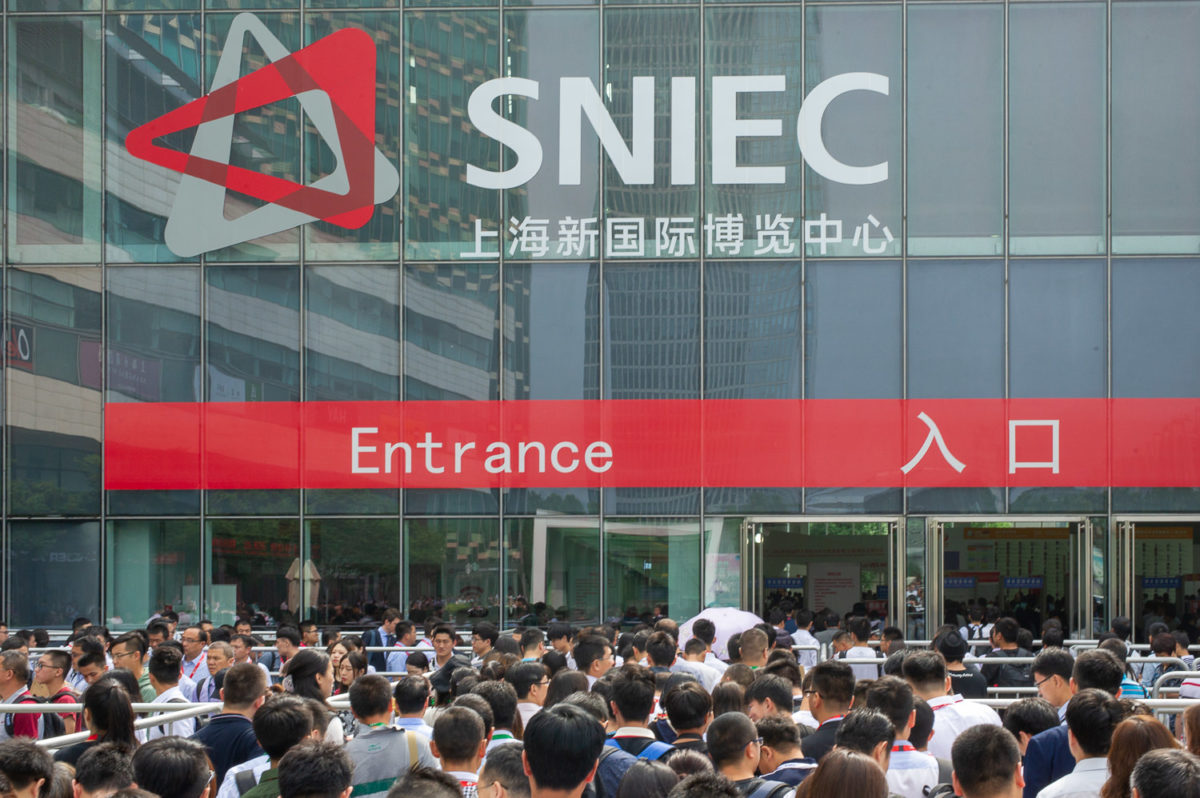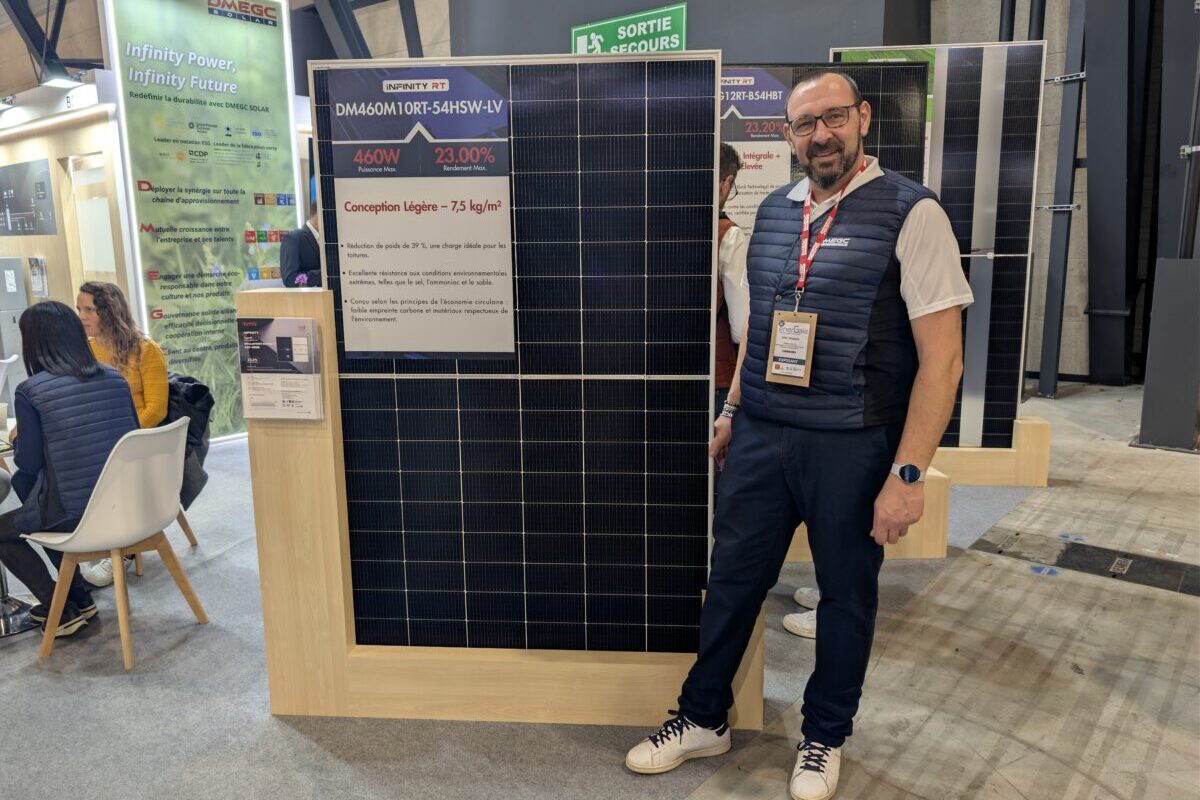On the China front, the elephant in the room was the outlook for 2018. Will it be another record year, surpassing last year's PV installation rate of 53 GW? In his remarks at SNEC this week, Wang Bohua, Secretary General of the China Photovoltaic Industry Association (CPIA) cautioned the build-out in 2018 may not reach 50 GW, so a clear downturn from last year.
The analysts at IHS Markit take a more bullish stance and see this year’s build-out matching last year’s figure. In fact, the medium to long-term picture is rosy, say the analysts, with China’s PV market remaining in a robust zone of 50 to 60 GW annually up to 2022. So we can expect six consecutive years of 50+ GW per year, starting with the 53 GW in 2017 and ending with just under 60 GW in 2022, says IHS Markit.
In her presentation at a PV Market Workshop, Markit Senior Analyst Holly Hu recounted the sharp rise in China’s PV market from just 500 MW in 2010 to over 50 GW last year. She conceded analysts had been caught off guard by the figure reached last year, with most predicting just 30 GW last summer. After all, China’s National Energy Administration (NEA) had come out in February 2017 with an estimate of just 26 GW for the year.
The analyst community is being more careful this year, and in her remarks Hu presented two scenarios: the pessimistic forecast of only 35-45 GW for this year and the optimistic outlook, predicting 55-60 GW. The pessimists cite policy initiatives to stem PV growth and the amount of central government subsidies flowing into the sector. They also point to lengthy delays in pocketing subsidies.
On the other side, optimists point to the bullish development of distributed PV generation in China, which exhibited a year-on-year jump of 360% from 2016 to 2017. They also highlight the fact PV electricity is reaching grid parity in a growing number of mainland electricity markets, a development which will ultimately be the deciding factor in propelling PV to new heights. The optimists also see supply side forces driving more PV adoption, including the continued ramp-up in capacity across the PV supply chain, from polysilicon production to ingots, wafers, cells and modules.
A central pillar in China’s PV subsidy framework is the national PV feed-in tariff (FIT), which amounted to a rather generous CNY1/kWh ($0.16/kWh) just three years ago. The national FIT has now declined to as low as CNY0.55/kWh and even the national FIT for distributed generation (DG), which until now had remained unchanged at CNY0.42/kWh, has been reduced to CNY0.37 this year. That fall may dampen the view of the optimists that the DG sector will continue its meteoric rise this year.
But Hu revealed an exciting nugget of information when she discussed another pillar of China’s PV subsidy framework, the Top Runner program. Three rounds of the program have seen 1 GW tendered in the 2015 launch year and a further 5.5 GW and 6.5 GW in 2016 and 2017, respectively. In the latest round, bidding prices close to CNY0.30/kWh – in the case of two projects in Qinghai province – put them right next to grid parity and the price of coal-fired power generation, still the dominant form of electricity generation in China. It is an exciting development and represents a turning point for PV in one of the largest power markets worldwide.
Andreas Liebheit, President for Photovoltaics Business at German silver paste maker Heraeus, also pointed to the milestone in his remarks at SNEC this week, stating China’s leading power producers can generate solar power at rates as low as CNY0.31/kWh, “even below the price of coal power”.
The optimists seemed to prevail at the world’s largest solar PV exhibition in Shanghai this week. Paradoxically, the heavy pollution blanketing the city during SNEC fuelled the positive outlook, since the basic need for clean air is another powerful driver to do even more to advance clean energy sources in the nation.
This content is protected by copyright and may not be reused. If you want to cooperate with us and would like to reuse some of our content, please contact: editors@pv-magazine.com.



Overall positive analysis, wished Europe would move ahead as rapidly.